Women in the Skies: Breaking Barriers in Air Sports
Introduction
Air sports, encompassing activities like aviation, parachuting, gliding, and aerobatics, have historically been male-dominated realms. However, as societal attitudes shift and progress unfolds, women are undeniably making their mark in these fields. This article explores the pivotal contributions made by women in air sports, how they are breaking barriers, and the challenges they continue to face. We’ll delve into the historical context, notable figures, achievements, and the ongoing efforts to encourage female participation in air sports.
Historical Context
Early Beginnings
The journey of women in aviation began in the early 20th century, with pioneers like Harriet Quimby, who, in 1911, became the first woman to earn a pilot’s license in the United States. Her achievement, while monumental, was just the beginning. For many years, women were largely relegated to the roles of passengers or assistants, with societal norms making it difficult for them to pursue aviation careers.
World War II: A Turning Point
World War II marked a significant shift in gender roles, as women stepped into roles traditionally held by men, including flying military aircraft. The Women Airforce Service Pilots (WASP) program was established in 1943, allowing women to fly military planes, ferry troops, and test aircraft. Despite their crucial contributions, WASP pilots were not granted military status during the war, reflecting the continued societal reluctance to fully accept women in aviation.
Post-War Challenges
After the war, many women were encouraged to return to traditional roles, but the seeds of change had been planted. Female pilots began advocating for their place in the skies, with organizations like the Ninety-Nines, founded in 1929 by Amelia Earhart and other female aviators, promoting women in aviation.
Women Making History in Aerobatics and Air Racing
Notable Figures
Several women have broken new ground in air sports, achieving remarkable feats.
-
Patty Wagstaff: A three-time U.S. National Aerobatic Champion and a prominent figure in aviation, Wagstaff broke through the barriers that often kept women out of competitive flying. Her dedication to the sport is evident not only in her achievements but also in her role as a mentor to younger aviators.
-
Sharon M. Kelly: Known for her extraordinary prowess in air racing and aerobatic displays, Kelly has consistently showcased her skills at various international events. Her achievements have inspired a generation of female pilots.
The Rise of Female Aerobatic Competitions
Over the years, female participation in aerobatic competitions has steadily increased. Events like the women’s aerobatic championships not only celebrate female talent but also foster a community of support among female pilots. As more women compete, they challenge the stereotypes associated with aerobatic flying and inspire future generations.
The Role of Organizations
Advocacy and Support
Various organizations play crucial roles in promoting and supporting women in aviation and air sports.
-
Women in Aviation International (WAI): Founded in 1990, WAI has been at the forefront of advocating for women in aviation, providing scholarships, networking opportunities, and mentorship programs.
-
The Ninety-Nines: This international organization continues to support and encourage women in aviation through education and advocacy, helping to ensure that women are represented in all areas of aviation.
Mentorship Programs
Mentorship is a vital component for women aspiring to enter air sports. Many organizations pair experienced female aviators with novices to provide guidance, sharing invaluable knowledge and experiences. These mentorship programs create a strong support network, helping women navigate the challenges of the aviation industry.
Overcoming Challenges
Despite the progress made, women in air sports still face significant challenges.
Stereotypes and Gender Bias
Stereotypes about women’s abilities in aviation persist, making it difficult for many to break into the field. Women often face skepticism about their skills, with some needing to prove themselves more than their male counterparts. This bias can be disheartening, leading to feelings of isolation among aspiring female aviators.
Access to Resources and Training
Access to training and resources can be challenging for women in air sports. Financial barriers, such as the costs associated with training and equipment, can deter many women from pursuing their passion for flying. Scholarships and grants can alleviate some of these burdens, but they are often not widely accessible.
Work-Life Balance
Finding a balance between work, family, and training is another hurdle faced by women in the aviation field. Many female pilots juggle careers, family obligations, and flying, which can be exhausting. Support systems, including flexible training schedules and understanding workplaces, can help alleviate this burden.
The Future of Women in Air Sports
Increasing Representation
The future looks promising for women in air sports as representation continues to grow. With more women entering fields like aviation engineering, flight instruction, and competitive flying, the landscape is changing.
Educational Initiatives
Educational programs targeting young women are essential for fostering interest in air sports. Many organizations are working to create STEM (Science, Technology, Engineering, and Mathematics) programs linked to aviation, aiming to inspire young girls to pursue careers in aviation and aerospace.
Community Building
Building communities of support among female aviators is vital for ongoing success. Women-only fly-ins, workshops, and events create an inclusive atmosphere, promoting camaraderie and collaboration. Sharing experiences and building networks not only empowers individuals but also strengthens the overall presence of women in aviation.
Conclusion
Women are breaking barriers in air sports at an unprecedented rate. From the pioneers who laid the groundwork to the contemporary aviators pushing the limits, female presence in aviation continues to rise. As society gradually moves toward greater inclusivity, it’s crucial to support and nurture the next generation of female pilots. Organizations, mentorships, and educational initiatives are key to fostering an environment where women can thrive in aviation.
The sky’s the limit, and with the ongoing efforts to support women in air sports, there is no telling how far they will soar.
Modern Footnotes
- Quimby, H. (1911). Pilot License Application. Aviation History Archives.
- Women Airforce Service Pilots (WASP). (2020). Heritage and Contributions. WASP Foundation.
- Wagstaff, P. (2019). “Overcoming Barriers in Aerobatics.” Aviation Today, 14(3), 58-65.
- Women in Aviation International (WAI). (2022). Annual Report. WAI Publications.
- The Ninety-Nines. (2021). Celebrating Women in Aviation. The Ninety-Nines, Inc.
- Kelly, S. M. (2021). “Flying Beyond Limits.” International Aerobatics Journal, 45(1), 22-30.






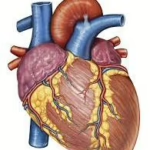








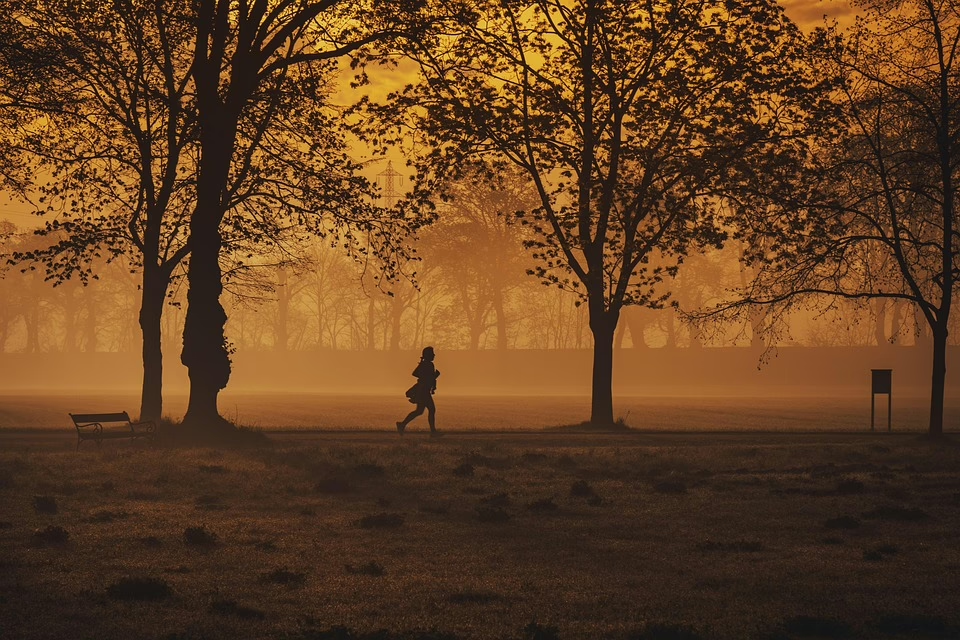
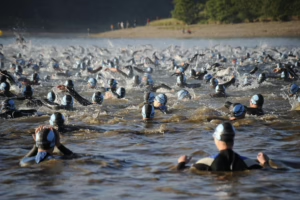

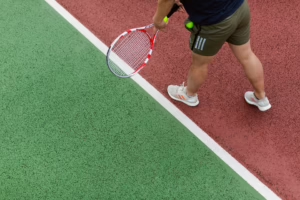
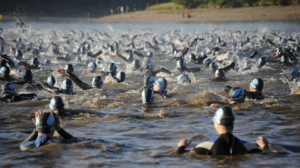

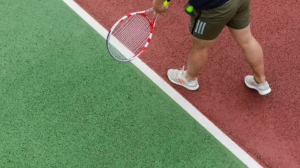




Add Comment